Microbiologists have issued a warning that as humid temperatures become more common as a result of climate change, food poisoning is likely to affect a greater number of people in the future.
The type of microorganism called Salmonella enterica (also known as salmonella) causes illness in approximately 1.2 million individuals in the U.S. every year, as indicated by a recent study.
Salmonella Symptoms

In a statement, study author Professor Jeri Barak of the University of Wisconsin-Madison said, “Climate change will increase the risk of foodborne illness from consumption of raw produce.”
Food contamination with salmonella might cause sickness, vomiting, diarrhea, cramping, fever, chills, headache, fatigue, dizziness, and even death in some cases involving vulnerable individuals.
Humid Conditions
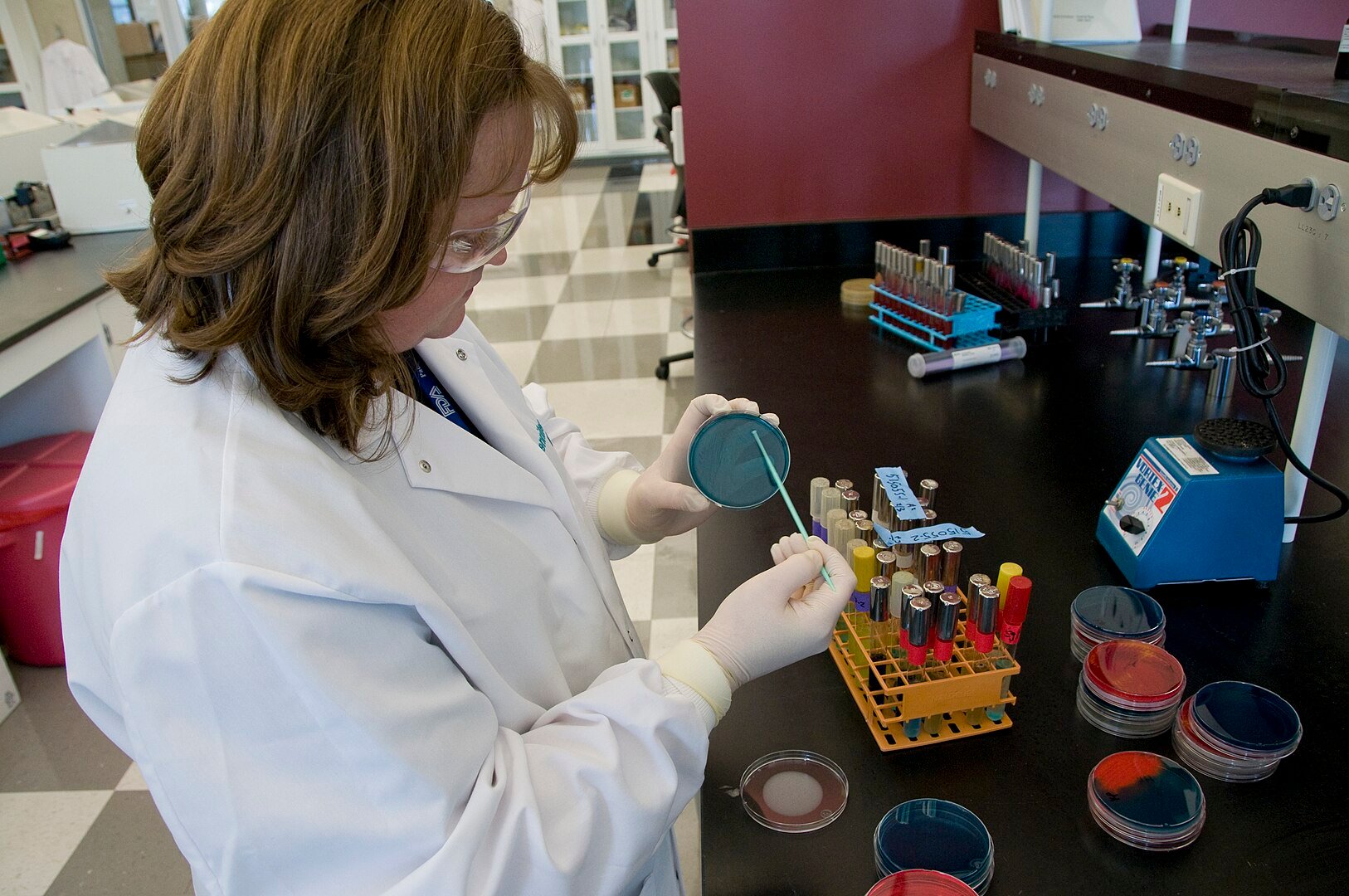
Consuming tainted fresh produce is the most common way to contract salmonella, but other things can affect whether or not salmonella is in our food. The microbiologists involved in the study researched these factors.
They found that plants tainted with different types of microscopic organisms were all the more effectively contaminated by salmonella, and that humid conditions could help the two kinds of microbes form and flourish.
The New Normal

These humid conditions are probably going to turn out to be more normal as the climate changes and global temperatures rise.
According to Barak, “It’s not surprising that a host is altered by disease. What’s interesting is how these changes affect other members of the bacteria community, in addition to the pathogen causing the disease.”
“Make Climate Change a Food Safety Issue”
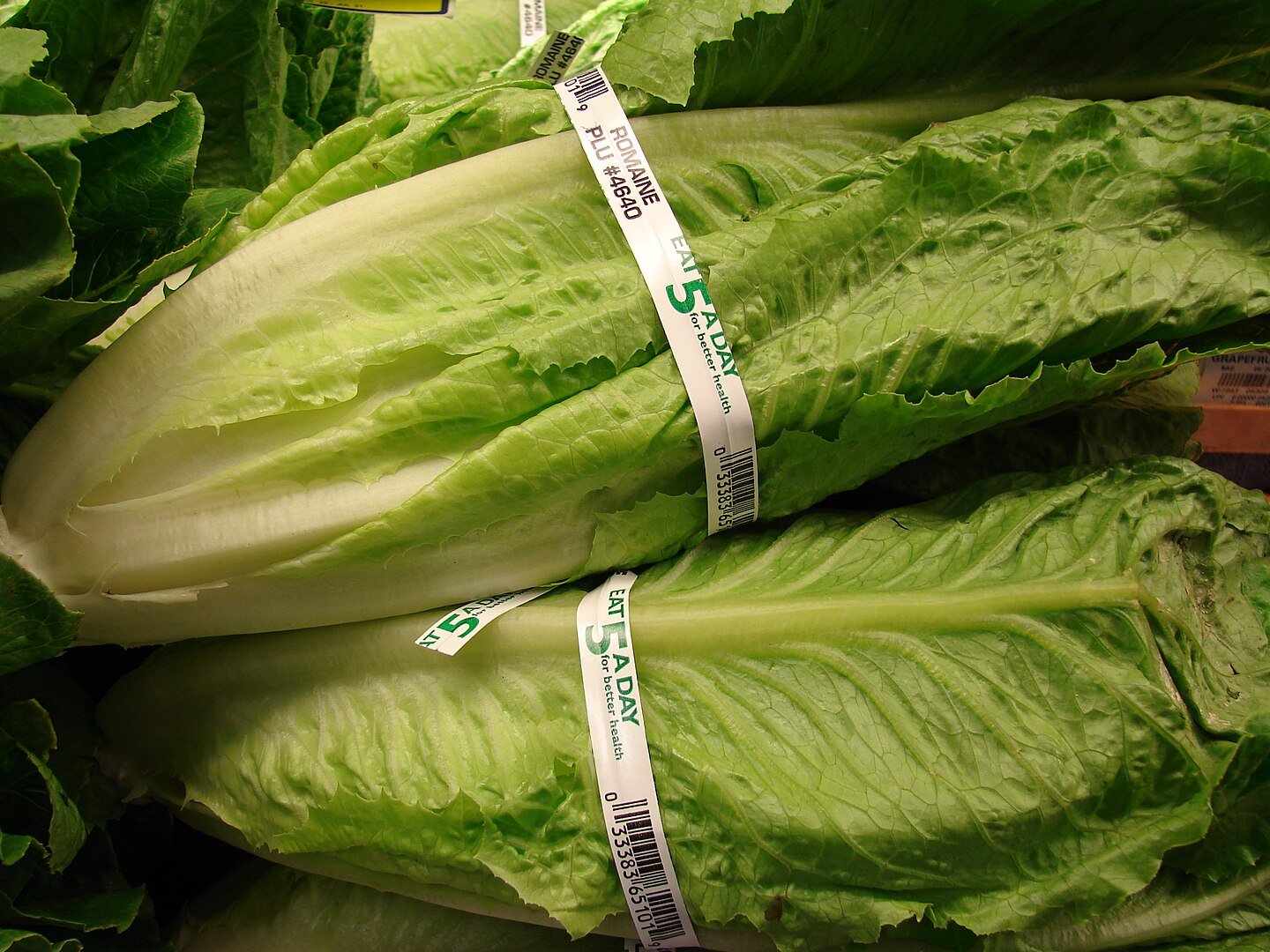
Barak went on to say, “Furthermore, the impact of increased humidity on healthy plants also supported salmonella’s survival on plants, which would make climate change a food safety issue.”
The microbiologists looked into whether and how romaine lettuces were infected with another bacterial strain called Xanthomonas hortorum pv. Vitans (X. Vitans) and the conditions that allowed salmonella to survive in them.
Threat to Leafy Greens

The conditions that were placed on the lettuce included environmental factors like humidity. X. Vitians is a common threat to the production of leafy greens because it causes bacterial leaf spot defects on lettuce.
To simulate the plant being splashed with infected water from the ground, the researchers carried out experiments in which they infected lettuce with X. Vitians and then introduced salmonella through a water droplet on a leaf.
Perfect Balance
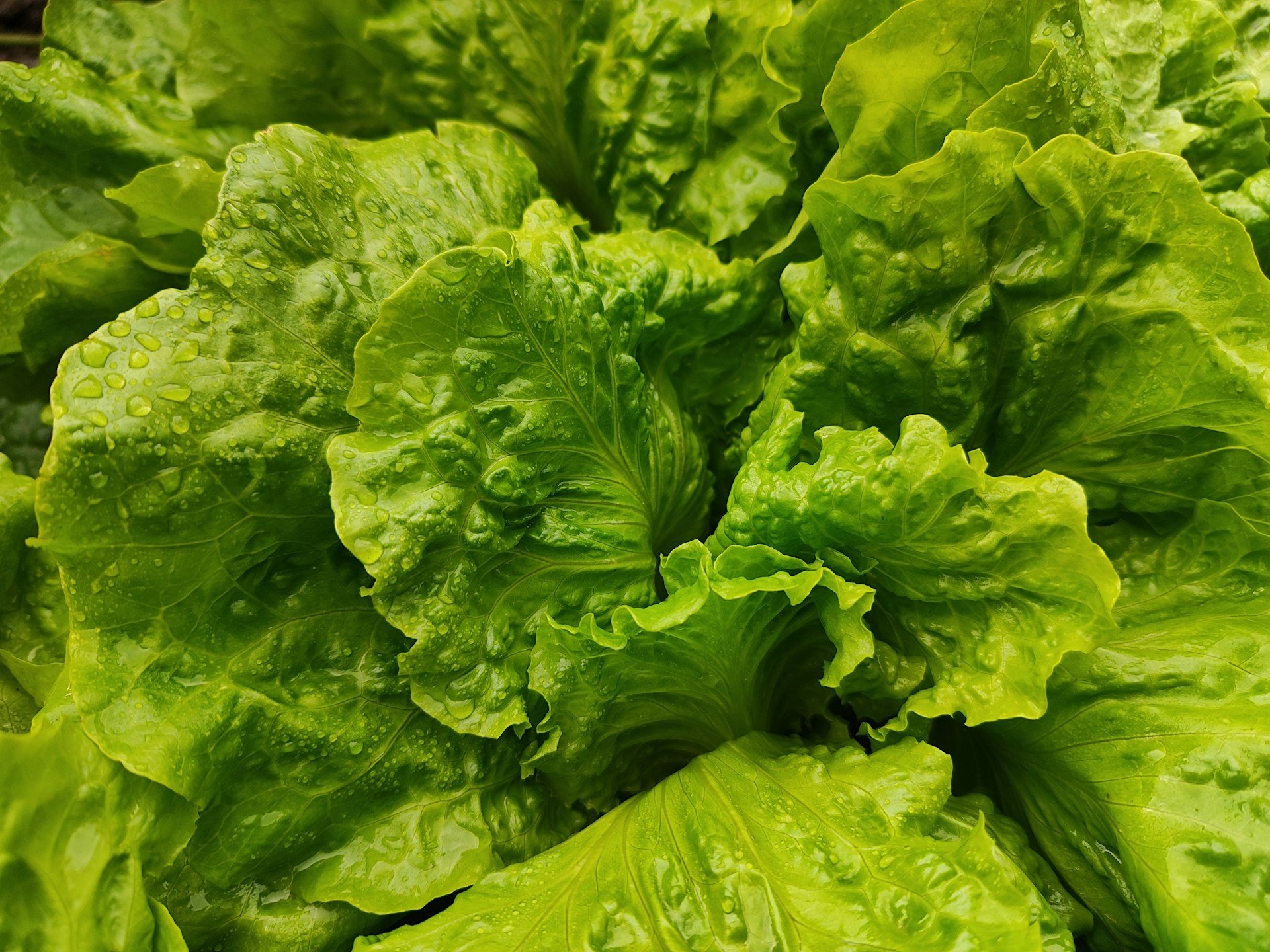
They shifted the day on which salmonella was presented after X. Vitians and figured out that there was a perfect balance.
Introduced too soon, and the lettuce’s protections were facing X. Vitians, restricting the endurance of salmonella but too late, and the disease had already killed the lettuce, making it difficult for salmonella to grow and survive.
Food Safety Concerns
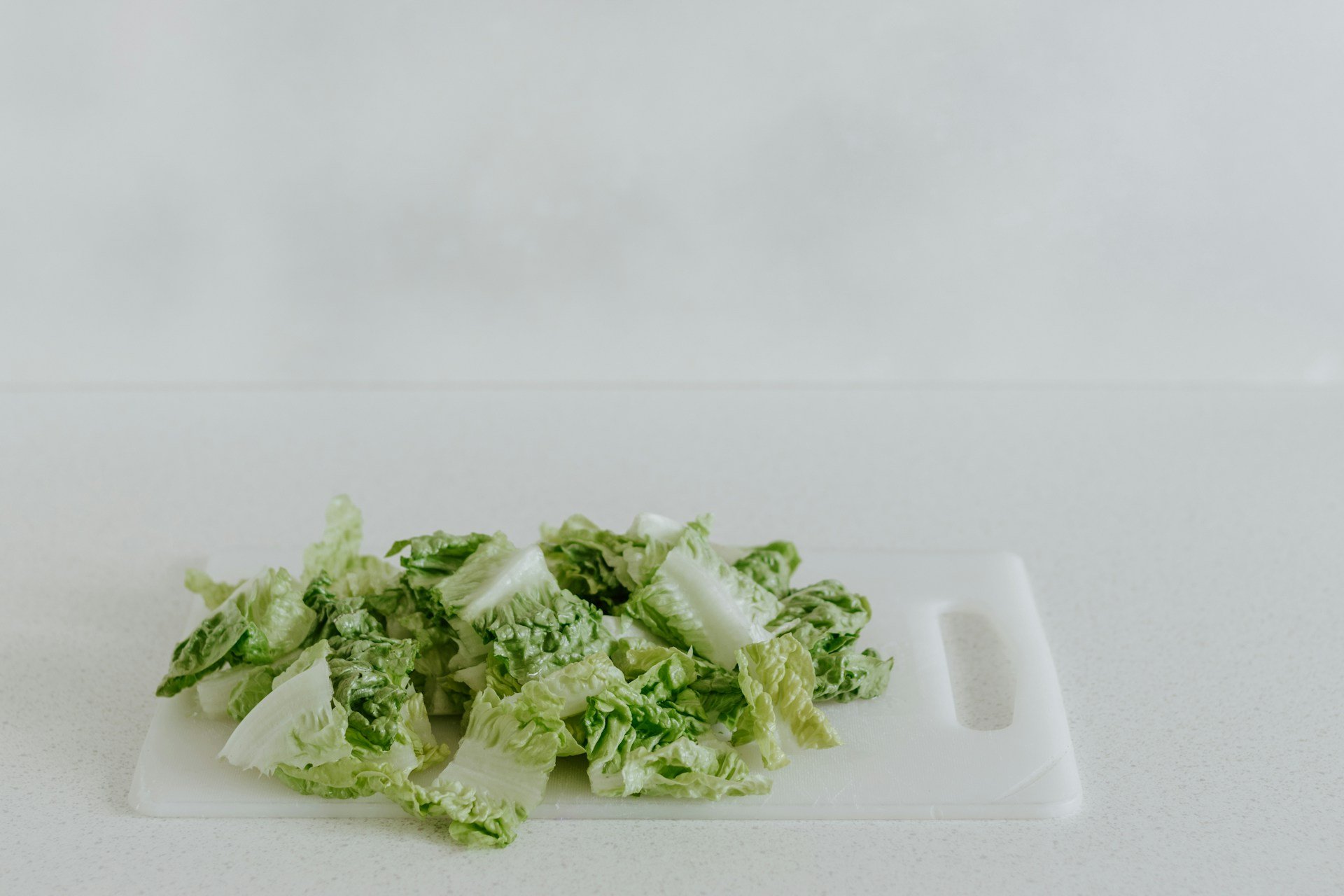
Salmonella and X. Vitians, on the other hand, were able to establish themselves and flourish on the lettuces thanks to consistently higher humidity. In any event, when X. Vitians struggled, humid conditions assisted salmonella with developing.
Barak stated that food safety depends on controlling plant diseases like bacterial leaf spot.
Cucumber Outbreak
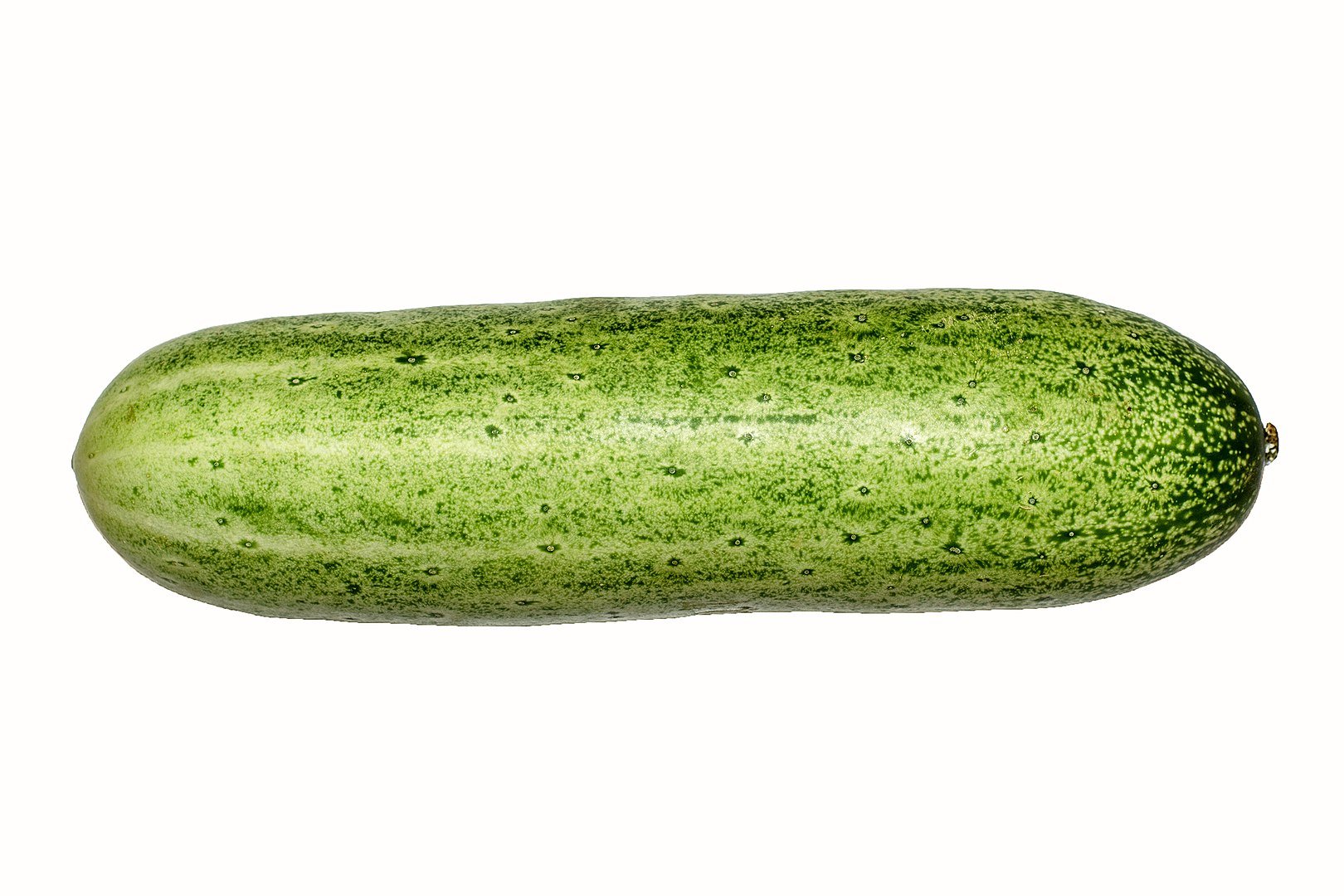
Earlier this year the FDA and the CDC partnered with state and local authorities in order to investigate a multistate outbreak of Salmonella Africana and Salmonella Braenderup.
The 551 illnesses were reported in 34 states and the District of Columbia though the outbreak was announced to have been over as of August 22, 2024.
Cause of Outbreak
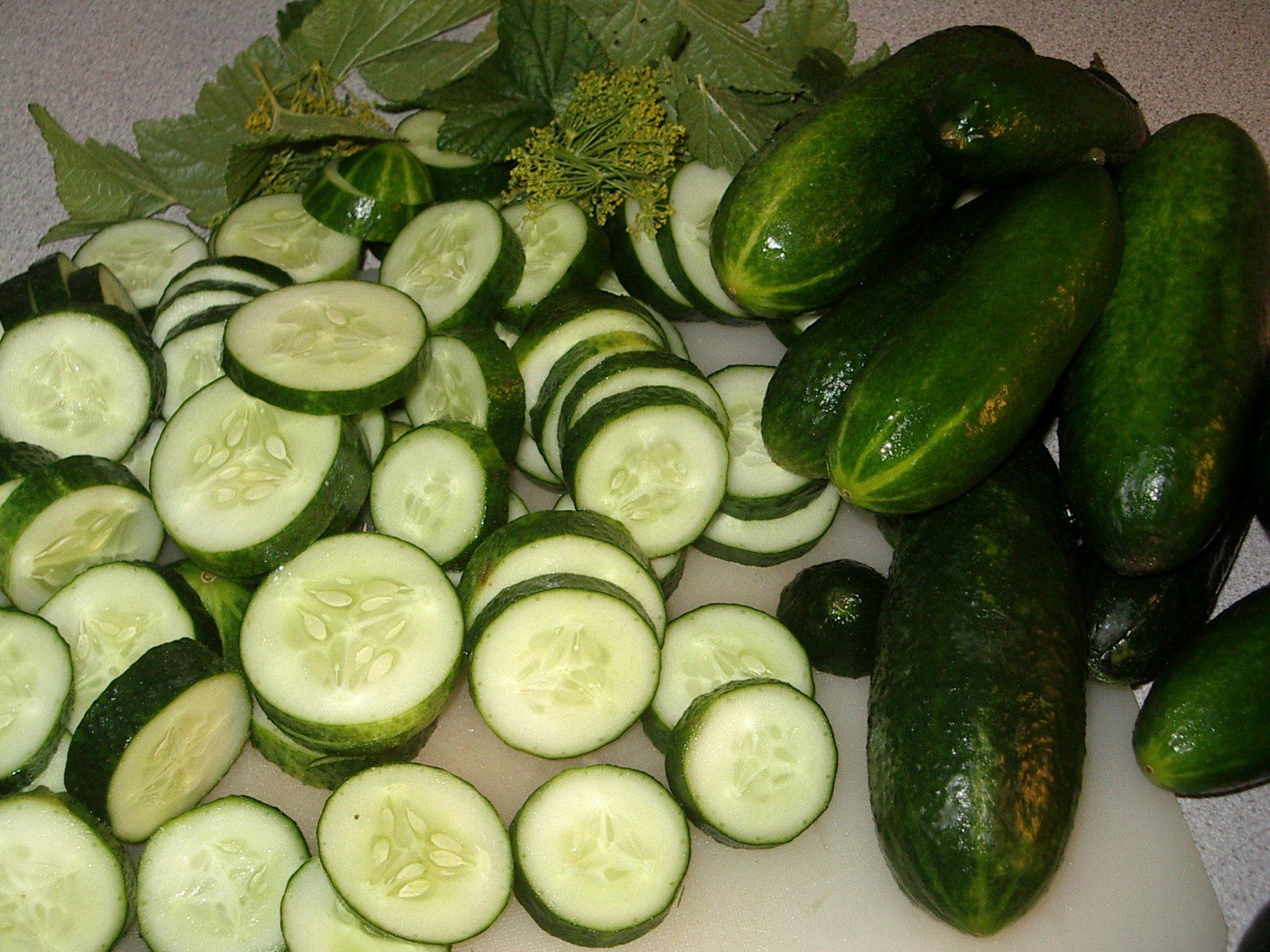
Following the FDA investigation, it was determined that cucumbers at Bender Growers, Inc. and Thomas Produce Company were infected with Salmonella Braenderup from canal water at both farms.
Soil and water samples that were collected at both farms additionally detected further types of salmonella which had contributed to the outbreak.
Poultry Cases

A more recent outbreak across the country involves salmonella which was linked to backyard poultry.
The outbreak has impacted the majority of the country with 45 states reporting cases leading to 409 illnesses and 102 hospitalizations with zero deaths reported. Salmonella carried by the poultry can easily spread to humans through touch.
CDC Advice
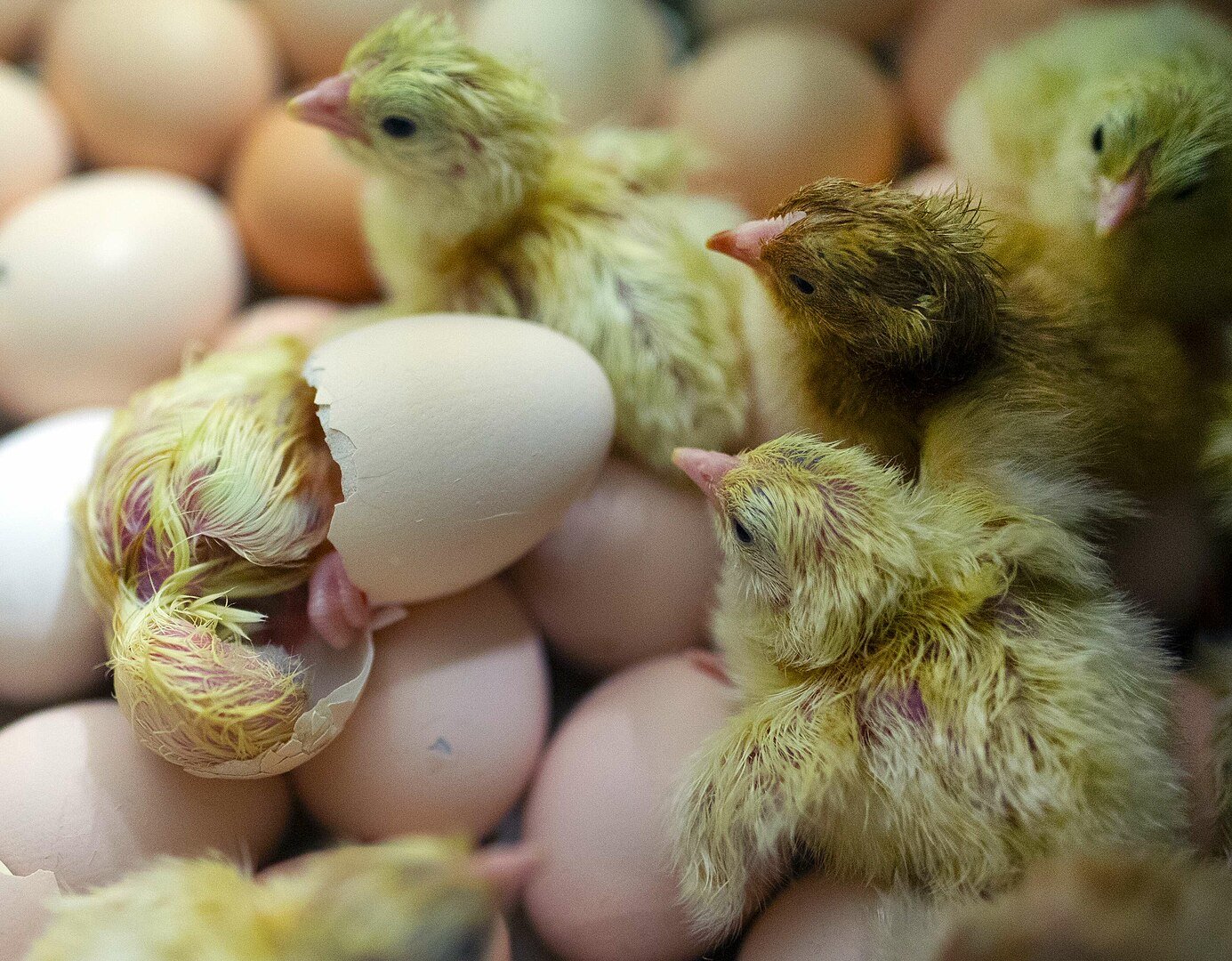
According to the CDC people who own poultry are advised to wash their hands after being in contact with poultry, their eggs, or anything in the area they touch.
Eggs should be collected often as eggs that sit in the nest can break or become dirty leading to the spread of germs.
With more and more salmonella cases being reported the threat of climate change impacting food safety will necessitate new approaches to keeping produce clean.
